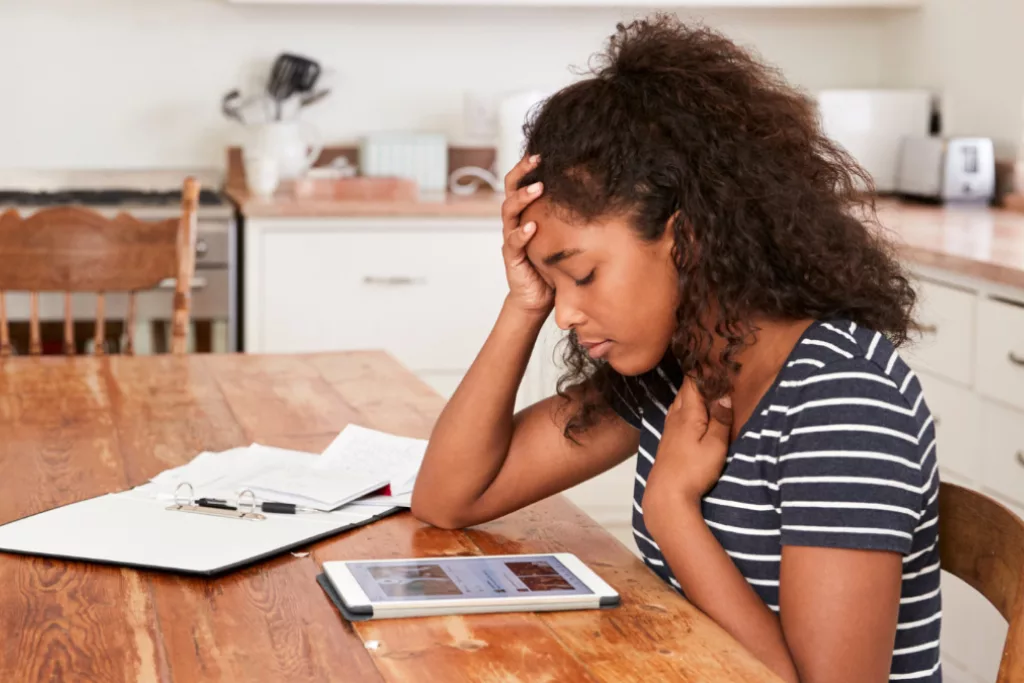Bullying is aggressive and extremely unpleasant behavior of one child or a group of children towards another child, accompanied by constant physical and psychological impact.
Bullies can find numerous reasons to harass a child: appearance that doesn’t fit societal norms, behavior and thoughts that don’t align with the majority, and so on.
Academic achievements, financial capabilities, and even personal characteristics can become the basis for bullying. Additionally, those who have difficulty socializing with peers or exhibit reclusive or provocative behavior can also become victims of bullying.
In a bullying situation, three parties are always involved: the one who bullies, the one who is being bullied, and those who observe.
- How to help a child if they are being bullied?
Take a deep breath and only then start talking to the child. - Let them feel that you are there, ready to support and protect them.
- Avoid blaming them for what is happening, so that they can speak openly.
- Find out everything you can, but do not repeat the same questions several times.
- Think together about actions that can help the child feel safer (for example, being closer to adults for a certain period of time, not staying alone after school, etc.).
- Tell the child that there is nothing wrong with reporting aggressive behavior to a teacher or at least to friends. Explain the difference between “gossiping” and “caring” about one’s own life or the life of a friend/classmate.
- Ask the child what kind of help they specifically need, listen carefully. Perhaps you can offer your suggestions. This will help to develop a shared strategy for making changes.
A child who bullies others needs attention and help no less than the one who suffers from bullying. The quick and appropriate reaction of adults (parents and teachers) to bullying situations restores a sense of safety and protection for children, demonstrating that violence is unacceptable. If you have seen a humiliating video involving your child on social media, talk to your child and explain that you are on their side in this difficult situation. Always discuss the rules of safe use of social media and write a personal letter to the technical support service of the social media platform, stating that the content (provide the link) violates the child’s rights, and demanding its removal.
After you have had an open conversation with the child and outlined a strategic plan to address the problem, help the child overcome the stressful situation by adding Anantavati® Kids syrup to their diet. This syrup will help normalize the child’s psychoemotional state, increase self-confidence, reduce anxiety levels, and restore communication among peers.
Anantavati® Kids – comprehensive support for a child!

